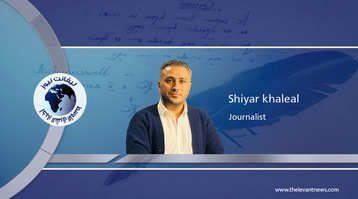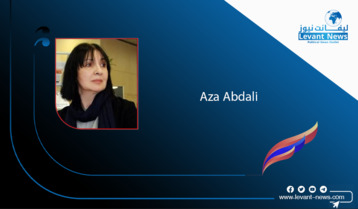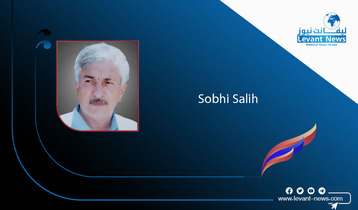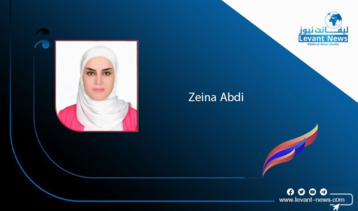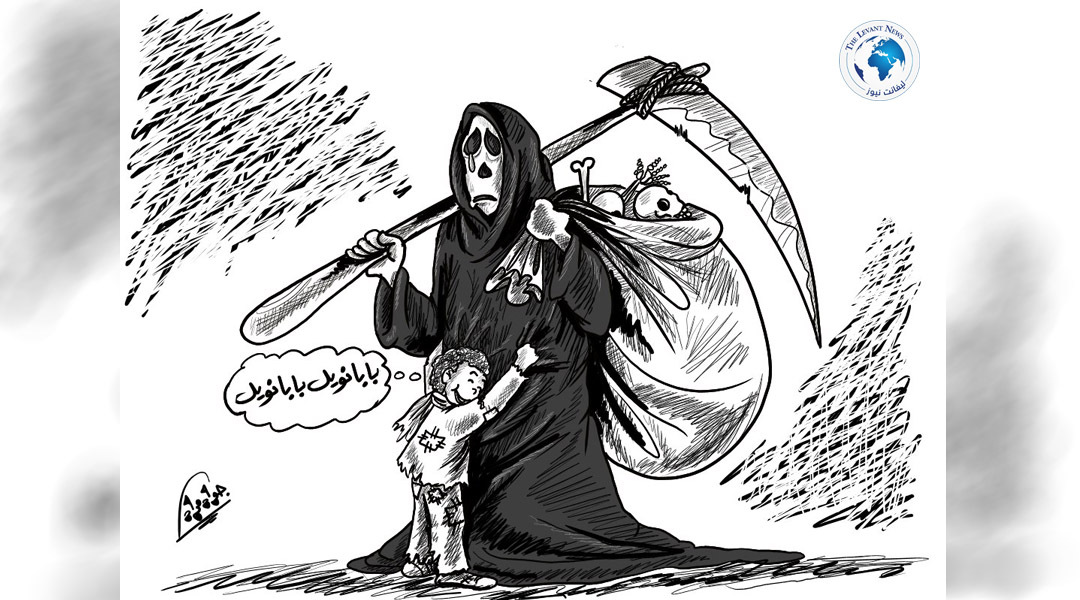-
Beyond Sykes-Picot: Iran’s Mullah Regime as a Tool of Middle Eastern Subjugation and Collapse

The colonial Sykes-Picot agreement, which fragmented and dismembered the region to serve Western interests, is still effectively at work—arguably with even greater intensity today. Over four decades ago, a new chapter of conflict and transformation began in the Middle East with the return of Ayatollah Khomeini to Iran, filling the vacuum left by the Shah. This return was not just a domestic Iranian affair but the launch of a grand regional project that reshaped the Middle East’s geopolitical map, introducing new players and power struggles that aligned with long-term strategic designs.
The fundamental question now, in light of the deepening chaos caused by Iran’s mullahs and the growing exposure of their role, is: Will those who brought the clerical regime to power eventually bring about its downfall? Is it possible that the same forces that handed them influence in Iraq, Syria, Lebanon, and Yemen will one day decide to remove them—now that they have become advanced instruments of control and suppression within the Arab world?
Empowerment Was Not a Coincidence
The rise of Iran’s clerical regime wasn’t the result of an internal coup but rather a carefully managed transition. After the Iranian people overthrew the Shah in what was a true national revolution, the West—particularly the U.S. and France—sought a new authority to safeguard their interests and maintain regional order. Thus, the West enabled Khomeini’s ascent, believing that Shiite political Islam would be a manageable alternative to both communism and Arab nationalism.
Then came the U.S. invasion of Iraq in 2003. By toppling Saddam Hussein and dismantling the Iraqi state, Washington effectively handed Baghdad to Tehran on a silver platter. Iran’s influence spread through militias, politics, and decision-making structures, turning the Islamic Republic into an undeclared partner in the regional project of chaos, division, and domination. Rather than liberating the people, this process crushed their will and diverted focus from major causes—foremost the Palestinian cause—which the mullahs reduced to a hollow slogan exploited for their own interests and those of the West.
Popular Uprising or International Engineering?
Khomeini’s return from exile in Paris was not merely a popular victory over the Shah. It was a calculated move within a larger international context. The Iranian people indeed overthrew the monarchy, but it wasn’t the clerics who achieved this alone. At the time, the West—facing the rise of leftist ideologies in the region—saw in Shiite political Islam a new way to counter Arab nationalism and control the geopolitical chessboard. France’s support for Khomeini wasn’t charity—it was a strategic decision to install a regime that would serve indirect Western interests.
How the West Handed Iraq to Iran
In 2003, the U.S. did not just topple Saddam Hussein—it obliterated the Iraqi state entirely, opening the door to a sectarian project for which Iran’s regime was well-prepared. They swiftly deployed militias, disbanded the Iraqi army, dismissed thousands of Sunni officers, and restructured the state to favor loyalists of the Supreme Leader. The result was a dysfunctional, sectarian state easily penetrated and controlled by the so-called "Revolutionary Guard," effectively ruling Iraq on behalf of a silenced population. Rather than expelling Iran’s influence, the U.S. essentially installed it.
The Mullahs: Destroyers of Regional Causes?
After Iraq, the Palestinian cause became one of the biggest casualties of Iran’s project. Tehran turned Palestine into a slogan rather than a mission. Its support for Hamas and Islamic Jihad served as regional bargaining chips, not liberation tools. By injecting the idea of "resistance" through sectarian rhetoric, Iran helped divide Palestinians, shift the cause from a unifying Arab issue to a regional proxy war, and allow Iran to exploit Jerusalem for nuclear and regional leverage. This fragmentation weakened Arab support, isolated the cause globally, and tainted its image with extremist undertones.
Who Will Bring Down the Mullahs?
The most likely answer is: the Iranian people themselves. Iran is simmering with unrest, suffering from poverty, oppression, economic failure, and international isolation. Iraq, too, is resisting the grip of corruption and militias. The Arab public is increasingly aware that Iran is not a resistance project but a dominance agenda cloaked in religious rhetoric.
As the masks fall and public anger grows, the regime may not need a foreign actor to topple it—it is collapsing internally. The key lies in international recognition of the Iranian opposition, particularly the National Council of Resistance of Iran and the Ten-Point Plan proposed by Maryam Rajavi. Once the global community acknowledges this resistance as the legitimate voice of the Iranian people and supports their right to confront the regime’s tools of repression by all available means, the downfall of the mullahs’ regime could unfold rapidly.
A democratic, non-nuclear Iran that respects its neighbors, human rights, and international norms is not a fantasy—it is a necessity.
— Dr. Sami Khater
Tags
You May Also Like
Popular Posts
Caricature
opinion
Report
ads
Newsletter
Subscribe to our mailing list to get the new updates!

